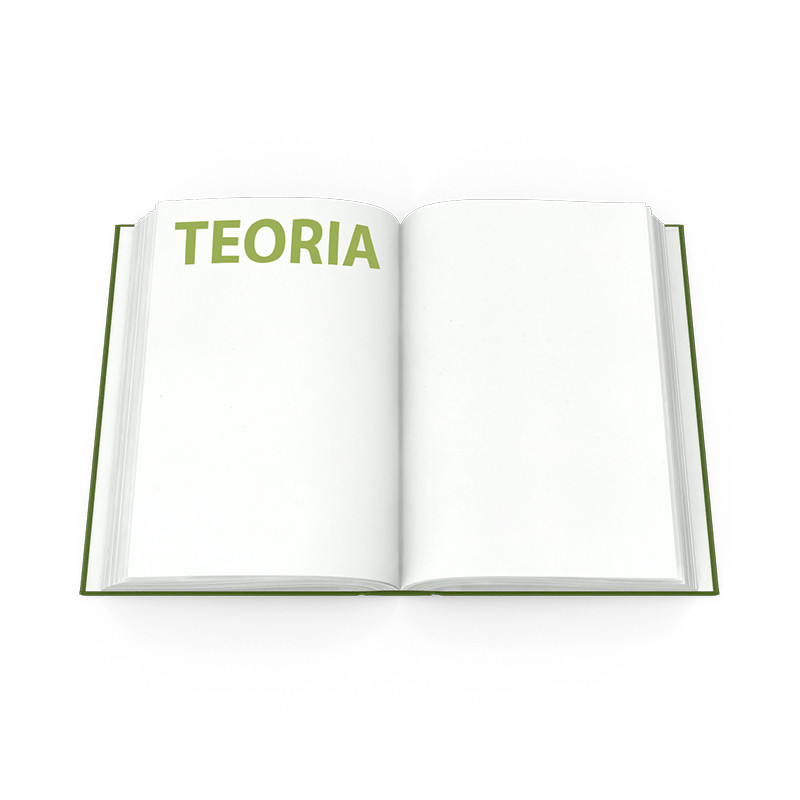

Category


Photos are for informational purposes only. View product specification
please use latin characters
DACPOL offers maintenance-free VRLA (Valve Regulated Lead-Acid Battery), also known as SLA (Sealed Lead-Acid Battery) batteries. These are sealed lead-acid batteries equipped with safety valves that release excess gases accumulated inside the battery case in the event of overcharging.
These types of batteries have several advantages compared to traditional batteries:
The electrolyte in gel batteries is in gel form. They dissipate heat better and are more resistant to shocks and vibrations. The most important advantage of gel batteries is their resistance to deep discharges. All these features make them suitable for cyclic use (charge–discharge). Gel batteries are mainly used in mobile applications where they serve as the main power source, and less often for buffer operation – in large emergency power supply systems.
Batteries built with AGM (Absorbed Glass Mat) technology are perfectly suited for buffer operation. This means they are constantly charged with a small current and can serve as the main power source for a short time in case of power failure. The electrolyte is trapped in a glass mat located between the plates. Low internal resistance allows short-term high current draw. These batteries are used in buffer power supplies, emergency power systems, UPS units, etc.
To ensure the battery functions properly for many years, proper charging process must be maintained. Buffer battery charging should be done using a constant voltage method with current limitation. In the first phase, the battery is charged with a constant current while the voltage increases, with charging current limited to 0.1C (to ensure the longest cell life). When the voltage reaches 2.27 V/cell, the second phase begins – constant voltage charging. If charging occurs at temperatures below 15°C or above 25°C, temperature compensation of voltage should be applied; the compensation factor is -0.005 V/cell per °C, calculated from 20°C. Batteries intended for cyclic use are charged at 2.4 V/cell. When the charging current drops to 0.015C, the voltage should be lowered to 2.25 V/cell.
We provide professional guaranteed power system selection services. We offer solutions based on uninterruptible power supplies (UPS) and provide installation, commissioning, and calibration of new systems. We also offer servicing of existing power systems, battery replacement, and disposal of used batteries. We repair damaged UPS units.
Check out lithium-ion batteries available in our offer.
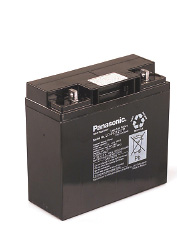 |
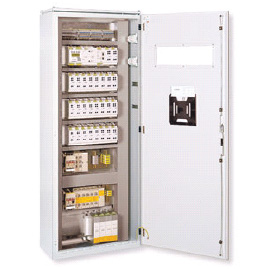 |
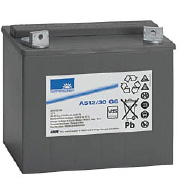 |
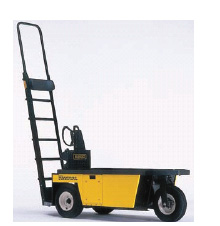 |
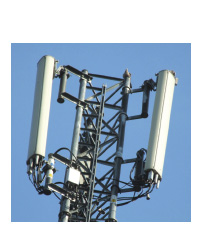 |
Are you interested in this product? Do you need additional information or individual pricing?
DACPOL offers maintenance-free VRLA (Valve Regulated Lead-Acid Battery), also known as SLA (Sealed Lead-Acid Battery) batteries. These are sealed lead-acid batteries equipped with safety valves that release excess gases accumulated inside the battery case in the event of overcharging.
These types of batteries have several advantages compared to traditional batteries:
The electrolyte in gel batteries is in gel form. They dissipate heat better and are more resistant to shocks and vibrations. The most important advantage of gel batteries is their resistance to deep discharges. All these features make them suitable for cyclic use (charge–discharge). Gel batteries are mainly used in mobile applications where they serve as the main power source, and less often for buffer operation – in large emergency power supply systems.
Batteries built with AGM (Absorbed Glass Mat) technology are perfectly suited for buffer operation. This means they are constantly charged with a small current and can serve as the main power source for a short time in case of power failure. The electrolyte is trapped in a glass mat located between the plates. Low internal resistance allows short-term high current draw. These batteries are used in buffer power supplies, emergency power systems, UPS units, etc.
To ensure the battery functions properly for many years, proper charging process must be maintained. Buffer battery charging should be done using a constant voltage method with current limitation. In the first phase, the battery is charged with a constant current while the voltage increases, with charging current limited to 0.1C (to ensure the longest cell life). When the voltage reaches 2.27 V/cell, the second phase begins – constant voltage charging. If charging occurs at temperatures below 15°C or above 25°C, temperature compensation of voltage should be applied; the compensation factor is -0.005 V/cell per °C, calculated from 20°C. Batteries intended for cyclic use are charged at 2.4 V/cell. When the charging current drops to 0.015C, the voltage should be lowered to 2.25 V/cell.
We provide professional guaranteed power system selection services. We offer solutions based on uninterruptible power supplies (UPS) and provide installation, commissioning, and calibration of new systems. We also offer servicing of existing power systems, battery replacement, and disposal of used batteries. We repair damaged UPS units.
Check out lithium-ion batteries available in our offer.
 |
 |
 |
 |
 |
Your review appreciation cannot be sent
Report comment
Report sent
Your report cannot be sent
Write your review
Review sent
Your review cannot be sent
